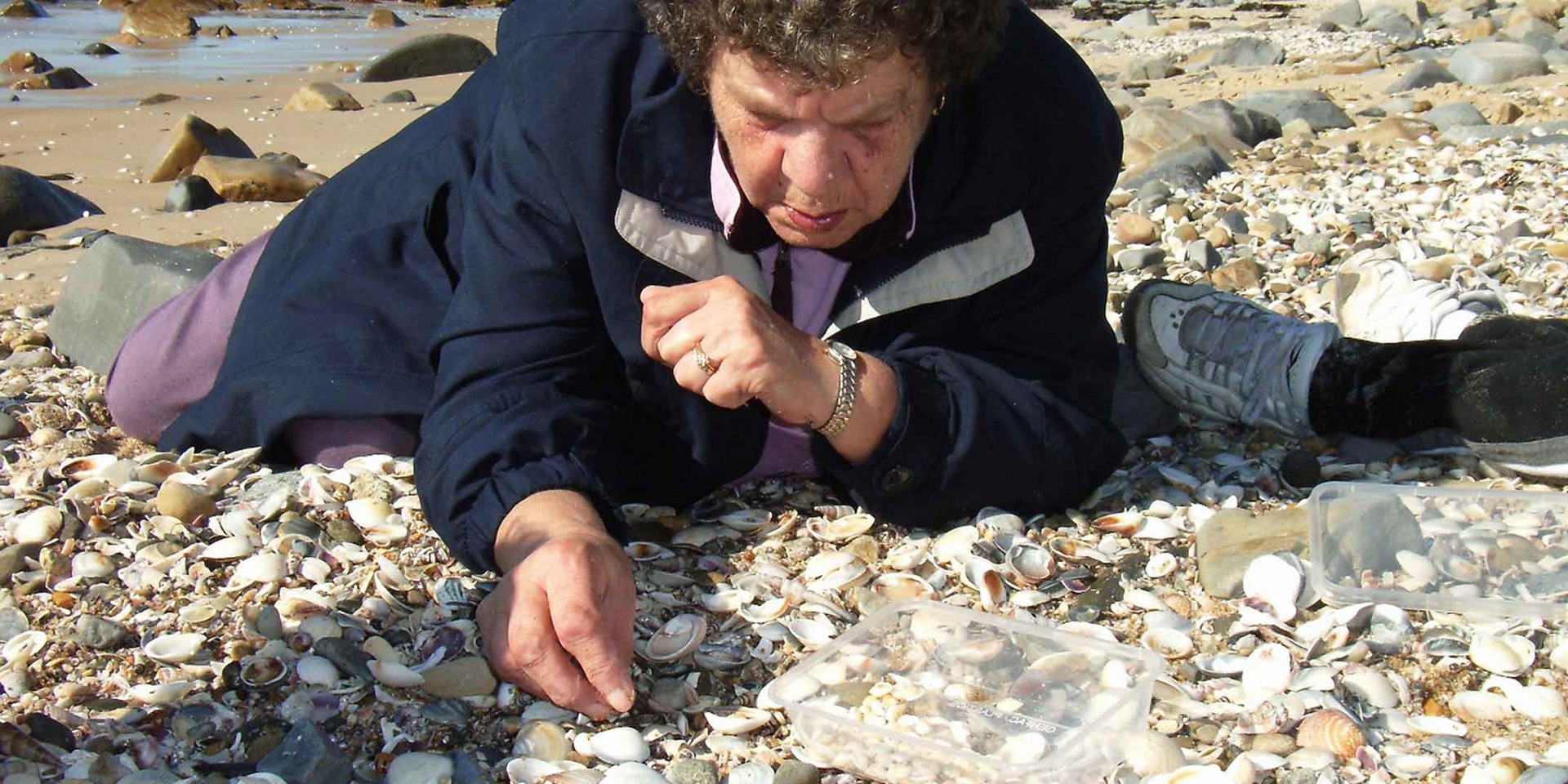Overview
In the 1700's the Endeavour went on a voyage for science, visiting new people and places. Today engage students in a journey of exploration, a journey to understand our own identity and to recognise our special place in the world. Students explore their personal world and our past and present connections to people and places.
Key inquiry question:
What is my place?
Exploring my place
Students explore places that are important in telling the story of who we are and where we come from. Students will engage in Indigenous texts of place and share personal stories of their homes.
Engage students with the text Alfie's Search For Destiny by David Hardy or view the video of the reading on Enhance TV. To assist with reading Aboriginal and Torres Strait Islander people's texts, refer to Magabala Books: Teaching Indigenous Content. Discuss the themes of the text and encourage student discussion through questioning. Consider; What was Alfie searching for? What did he find? What does it mean to go in search of something, to explore places that help us discover who we are?
View Indigenous media to investigate the importance of places to people.
- Observe the print Catching Yabbies by Ian Wayne Abdulla. It tells a personal story about living on the Murray River, South Australia. Read the text and identify phrases that explain the connection he has to his home.
- Read Crabbing with Dad by Paul Seden. The text relates the story of two small children as they go in a boat with Dad to set crab pits in a secret spot. Discuss the nature of the experience for Mahli and Sam examining the connections we have with people and places. Explain the special quality of these experiences and how they provide a sense of place and belonging. If this book is unavailable use texts with similar themes.
Students identify personal experiences from the past to establish a 'story of me'.
- Identify family members, friends and important people in your community that provide love, safety and belonging.
- Identify and locate significant places that are important to you. Places might include; the hospital where you were born, your school and places where you gather with family and friends.
- Identify the different cultural traditions of your family and traditional holidays you share with your community.
- Identify special things (mementos/ objects) from your life. Examine why they are important and how students take care in protecting and preserving their objects.
Communicate student stories digitally or in a scrapbook. Add photos, drawings, maps and stories to establish the 'story of me'.
Exploring our place
Explore our local place and identify what makes it special to all of us.
How do we care for our home and how can we share with others the importance of our place? Students engage with Indigenous texts and personal stories that connect each of us to community. Our community, our local place is special, and it is important to share its importance with others. Recognising the value of places promotes respect and care for places.
Engage with the texts My Home Broome by Tamzyne Richardson and My Home in Kakadu by Jane Christophersen.
Each text explores the beauty and uniqueness of the areas we live in. Encourage students to connect with the text and identify special features in their hometown. If this book is unavailable use texts with similar themes.
As a class, identify the features that make your local area special.
- Review the stories collated by students in discovering personal stories of connecting to place.
- Identify and record the places students had shared experiences such as those who were born in the same hospital or those that play sport at the same sports field.
- Mark locations of shared experience on a large-scale map and share what it means to have places we can enjoy together.
Places have history. Recognise the places where we live were different and similar in the past. Discuss how names of places change over time.
- Investigate the traditional name of the Aboriginal and Torres Strait Islander language group and area name by accessing the AIATSIS map of Aboriginal Australia.
- Research why the place names in your local area have the names they have now.
- Discuss how place names can help share stories about the past.
Imagine someone from a different place was coming to visit your school or community.
- Research and record the actions people take to prepare for visitors to your school or community.
- Discuss how information is shared to others about the importance of place, the things we value and how we show care.
Communicating the importance of places
Communicate your learning by creating a visitor's guide.
Visitor's guides are used to share information about a place; things to see, things to do and places to eat and sleep. Guides will also inform travellers about the people and language, the history of a place, local customs and expectations, the importance and significance of sites and about the weather and environments. Create pages of a visitor's guide to inform others about your local area. Outline ways you care for your place and how others can do the same.
Main image: Muriel Maynard, photograph © Zoe Rimmer
